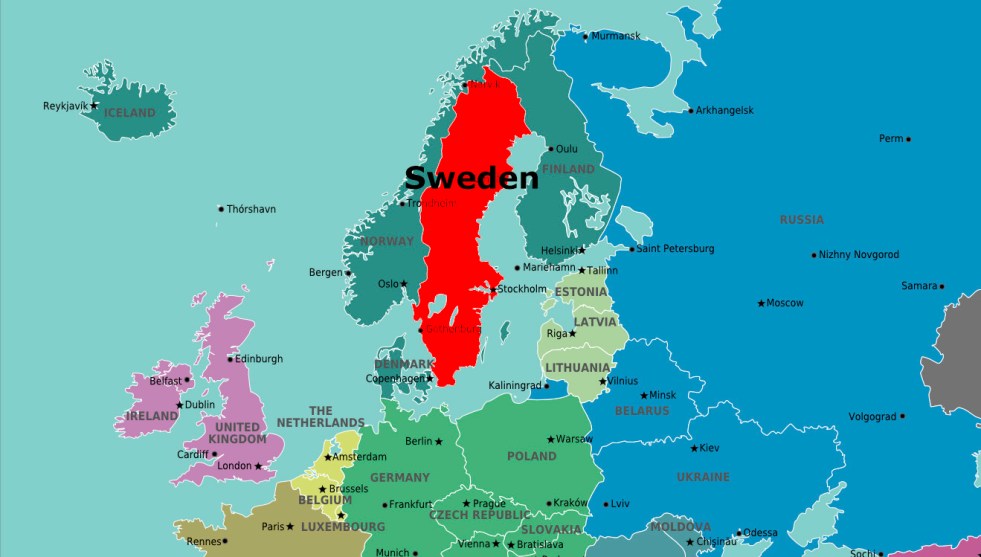
The Wall Street Journal reports today that experts are having second thoughts about blunt lockdowns in response to a pandemic like COVID-19:
Prior to Covid-19, lockdowns weren’t part of the standard epidemic tool kit, which was primarily designed with flu in mind….By late March, [epidemiologists] had changed their minds. The sight of hospitals in Italy overwhelmed with dying patients shocked people in other countries. Covid-19 was much deadlier than flu, it was able to spread asymptomatically, and it had no vaccine or effective therapy.
….Sweden took a different approach. Instead of lockdowns, it imposed only modest restrictions to keep cases at levels its hospitals could handle. Sweden has suffered more deaths per capita than neighboring Denmark but fewer than Britain, and it has paid less of an economic price than either, according to JPMorgan Chase & Co. Sweden’s current infection and death rates are as low as the rest of Europe’s, suggesting to some experts the country may be close to herd immunity. That is the point at which enough of the population is immune, due to prior exposure or vaccination, so that person-to-person transmission declines and the epidemic dies out.
The conventional wisdom these days is that Sweden’s moderate approach didn’t work. And it’s certainly true that their death rate from COVID-19 has been pretty high. At the same time, part of their strategy has always been to impose restrictions that people can tolerate for a very long time. This might produce higher than average death rates at first, but it might produce lower than average death rates over a full cycle of the infection, including the second COVID-19 wave expected to come in winter. So the big question is how Sweden will compare to other countries once we’ve been through that second wave.
For this reason, I remain extremely interested in the Swedish approach. It might be a failure, but I don’t think we’ll know for sure until next year.


















